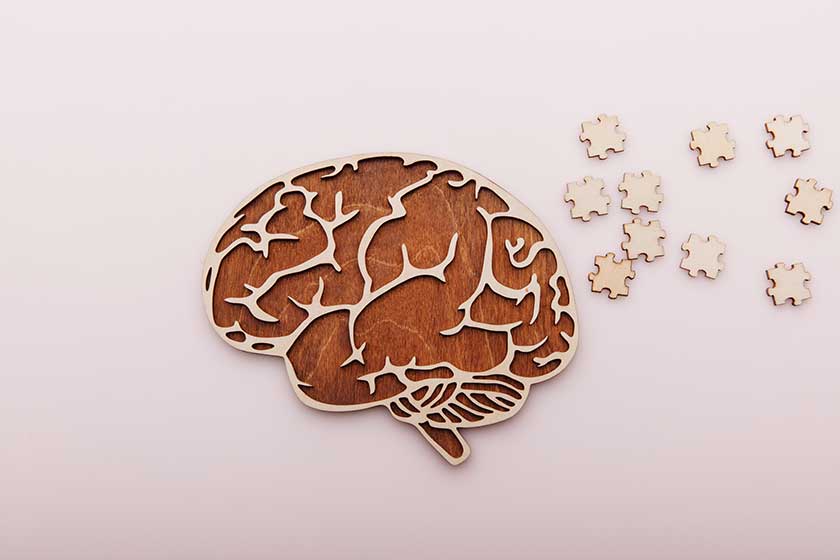The world of Alzheimer’s disease is marked with changes that are more than skin deep. These changes occur within the complexity of the brain, affecting not just memory but also behavior and physical abilities. The comparison between Alzheimer’s brain vs. normal brain reveals striking differences that help us better understand this disease.
In our Memory Care, we don’t underestimate the profound impacts Alzheimer’s disease can have on a person’s life. Our services recognize the unique needs that arise from these changes caused by Alzheimer’s and strive to address them with compassionate care.
Brain Structure Changes
As we age, some brain shrinkage is normal. However, with Alzheimer’s, this shrinkage is much more pronounced. This is prominently observed in the hippocampus, the brain region associated with memory and learning. As Alzheimer’s progresses, this region shrinks severely, leading to noticeable memory loss.
Cortical atrophy, or the thinning of the brain’s outer layer, is another prominent feature in an Alzheimer’s brain. This layer, occupied by grey matter that controls cognitive abilities, exhibits significant thinning. This change can affect various cognitive functions, leading to impairments not seen in normal aging.
Cognitive Function Decline
Aging inevitably affects cognitive function, but Alzheimer’s accelerates this decline dramatically. During normal brain aging, some cognitive functions like reaction time may slightly decrease, but key aspects like knowledge and wisdom often remain unaffected.
However, with Alzheimer’s, cognitive decline is both significant and wide-ranging. This could involve trouble with speech, failing problem-solving abilities, or inability to perform familiar tasks. It’s not just about slower cognition – it’s about a loss of abilities that were once second nature.
Memory Loss Severity
Forgetfulness is often assumed to be a part of aging. But the memory loss associated with Alzheimer’s is far more severe than normal age-related forgetfulness. Misplacing items occasionally or forgetting an appointment is common as we age. However, Alzheimer’s can create a reality where recent happenings are erased while events from long ago remain clear.
Remembering newly learned information becomes increasingly difficult. Routine tasks requiring sequential steps can become perplexing. This pattern of memory loss is distinctly different from typical aging, where forgetfulness is usually more random and less disruptive to daily life.
Protein Deposit Patterns
Two proteins, beta-amyloid and tau, play a crucial role in differentiating an Alzheimer’s brain from a normal brain. In Alzheimer’s, the beta-amyloid proteins clump together, forming plaques, while tau proteins tangle up inside the brain’s cells. These protein deposits can disrupt the brain’s communication, leading to cell death.
In contrast, a healthy brain can effectively clear out excess proteins, preventing detrimental effects. It’s crucial to acknowledge that these protein patterns play a significant role in Alzheimer’s but do not define the disease entirely. Other factors like inflammation and genetic influences can also be key components of the illness.
Discover Our Alzheimer’s Care Today
Every aspect of our senior living services considers how Alzheimer’s reshapes daily life. Our team members are trained in the nuances of Alzheimer’s care and are committed to bringing comfort, dignity, and a sense of normality to our residents. Activities are designed to stimulate memory and cognition, therapeutic environments are crafted to ease agitation, and our dining services consider dietary needs specific to Alzheimer’s disease.
We work to decode the changes, learning each resident’s unique challenges and joys and offering personalized care that reflects their individual journey through Alzheimer’s. Contact us today and discover how our senior living can offer the best care for your loved one.







